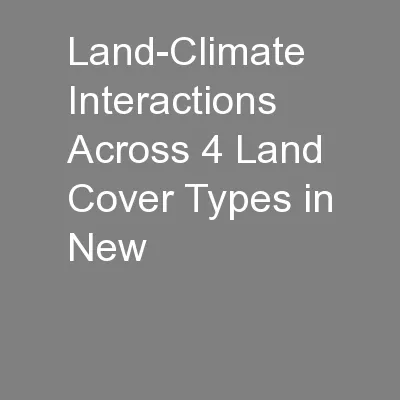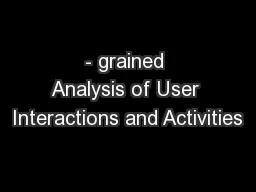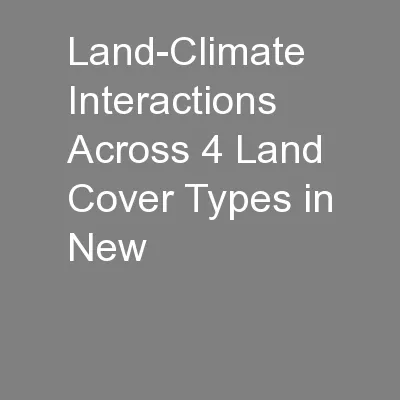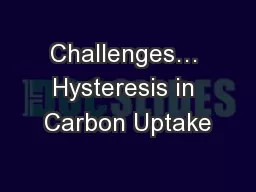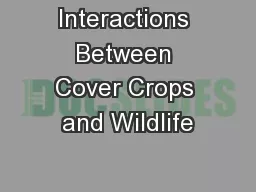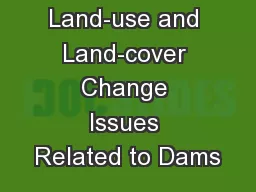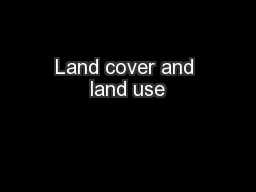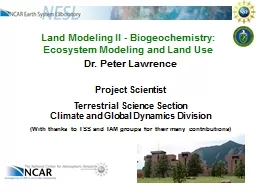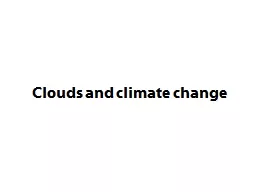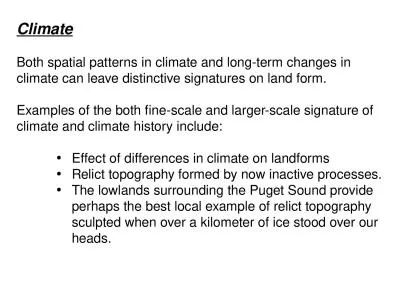PPT-Land-Climate Interactions Across 4 Land Cover Types in New
Author : calandra-battersby | Published Date : 2016-09-20
Latent and sensible heat Sweating Greenhouse Gases Longwave Radiation Albedo Breathing Reflectivity To better assess landclimate interactions in NH under future
Presentation Embed Code
Download Presentation
Download Presentation The PPT/PDF document "Land-Climate Interactions Across 4 Land ..." is the property of its rightful owner. Permission is granted to download and print the materials on this website for personal, non-commercial use only, and to display it on your personal computer provided you do not modify the materials and that you retain all copyright notices contained in the materials. By downloading content from our website, you accept the terms of this agreement.
Land-Climate Interactions Across 4 Land Cover Types in New: Transcript
Download Rules Of Document
"Land-Climate Interactions Across 4 Land Cover Types in New"The content belongs to its owner. You may download and print it for personal use, without modification, and keep all copyright notices. By downloading, you agree to these terms.
Related Documents

